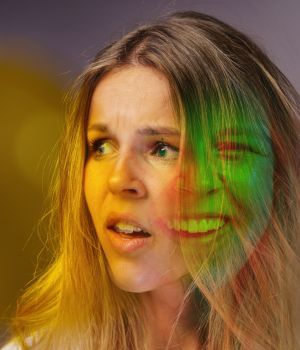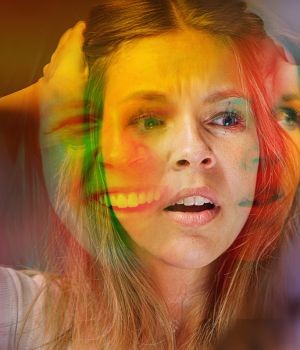


Peripheral Vascular Disorder, more commonly known as Peripheral Artery Disease (PAD), is a condition where arteries outside the heart and brain-often in the legs-become narrowed due to plaque buildup. This restricts blood flow, leading to pain, slow-healing wounds, and increased risk of stroke or heart attack. Early diagnosis and treatment are key to protecting long-term health and mobility.
Healthy arteries are vital for delivering oxygen-rich blood to the body. When PAD develops, circulation decreases, causing pain, weakness, and sometimes limb-threatening complications. Timely treatment prevents disease progression, reduces cardiovascular risks, and improves overall quality of life.
PAD is caused by atherosclerosis, where fatty deposits build up in the arteries, narrowing blood flow. It is not only a local circulation issue but also a warning sign of widespread vascular disease.
Dos
Don’ts
Our clinic provides expert vascular care for PAD, combining advanced imaging, personalized treatment plans, and long-term follow-up. We focus on restoring circulation, managing symptoms, and preventing complications to improve your quality of life.
Is PAD curable?
PAD cannot be completely cured, but symptoms can be managed, and progression slowed. With proper treatment, most patients live full, active lives.
Does PAD always need surgery?
No. Many patients improve with lifestyle changes and medications, though advanced cases may require minimally invasive procedures or surgery.
Is PAD dangerous?
Yes. PAD increases your risk of heart attack, stroke, and limb loss if untreated.
If you experience leg pain, non-healing wounds, or other PAD symptoms, early evaluation is crucial. Schedule a consultation with our vascular team today to create a tailored treatment plan.
Be the first to know about updates, wellness advice, and expert vascular care information.